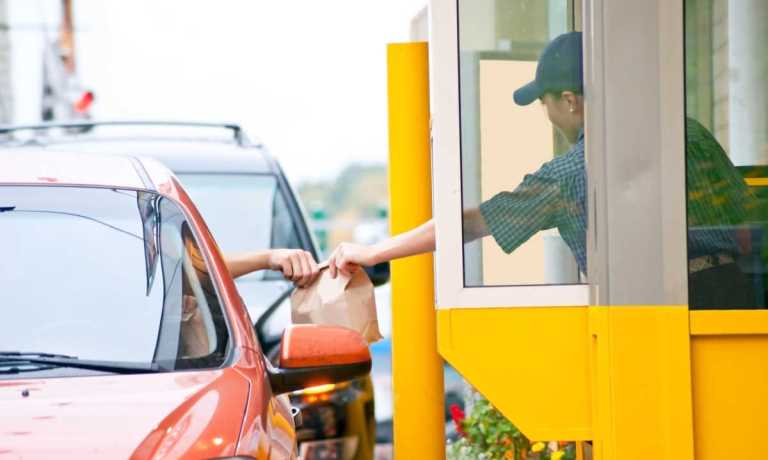
Toast is counting on drive-thru to offer the efficiency boost restaurants need amid current challenges.
The restaurant technology company announced Thursday (Feb. 16) alongside its fourth-quarter 2022 financial results that it has acquired digital drive-thru signage company Delphi Display Systems in an effort to boost its quick-service restaurant (QSR) offerings.
“Drive through is a critical service model for QSR that has become even more important over the past few years,” Toast CEO Chris Comparato said on the call.
Certainly, drive-thru is widely popular across the United States. About half of all U.S. restaurants offer drive-thru pickup, according to data from PYMNTS’ 2022 Restaurant Friction Index. The study, which drew from a survey of more than 500 managers of QSRs and full-service restaurants (FSRs) in the country, found that almost two-thirds of those that do not offer this ability plan to invest in adopting the feature in the future.
In fact, in an interview with PYMNTS’ Karen Webster, Rajat Suri, founder and CEO of voice, vision and touch automated technology firm Presto, noted that even non-QSRs such as fast-casual chains, casual dining brands and convenience stores have been adding drive-thrus.
Indeed, consumer adoption is on the rise. A study cited in PYMNTS’ Order to Eat Tracker noted that nearly 75% of Americans had used a restaurant drive-thru since the start of the pandemic, up 43% from April 2020.
Key to the appeal of the drive-thru model for restaurants is its efficiency, a top-of-mind concern as wage, food and commodity inflation drive up costs. Comparato argued that, by having a unified technology provider across consumer-facing and back-of-house processes, restaurants can better address these issues.
“If you think about the restaurants’ challenges, you know, they’re facing labor challenges, inflation and how to drive top-line growth,” he said. “Having a platform that connects those dots and allows them to be much more efficient is what we’re after.”
He added that restaurants across the industry, ranging from small independent eateries to major chains, have been looking for these kinds of solutions.
Certainly, some kind of solution is necessary. Research from PYMNTS’ study “The 2022 Restaurant Digital Divide: Restaurant Customers React To Rising Costs, Declining Service,” which draws from a survey of a census-balanced panel of more than 2,300 U.S. restaurant customers, finds the consumer experience is being negatively impacted by restaurants’ cost-cutting efforts. Nearly half of those surveyed have noticed restaurants reducing hours or shuttering dining rooms, 34% have seen longer order processing times, and 27% have received lower-quality service.
Notably, however, Toast is not seeing consumers rein in restaurant spending in response to rising prices. The same PYMNTS Digital Divide study noted that the vast majority of consumers have made changes to their restaurant purchasing habits amid inflation, but Comparato insisted that Toast is “not seeing meaningful changes in consumer demand or spending.”
Looking ahead, Toast is focused on improving its ability to assist restaurants with pricing channels by expanding its back-of-house capabilities in areas such as procurement.
“In the back office, we believe there’s opportunities to better connect food cost optimization back into the supply chain,” Comparato said. “You’re going to see opportunities across these different stakeholder groups. And that’s what gets us excited about the all-in-one platform.”